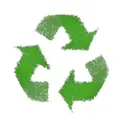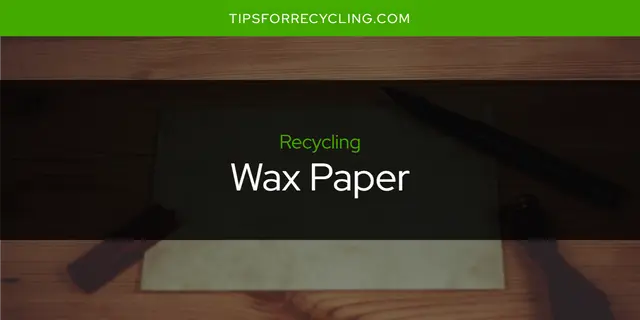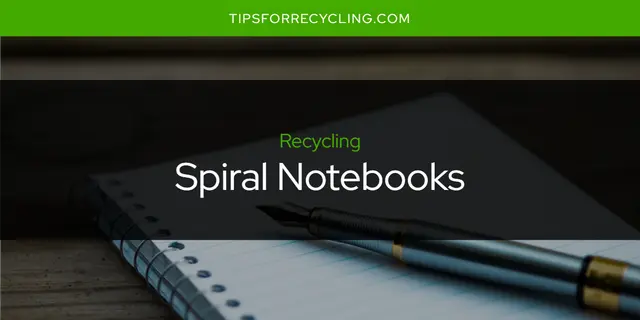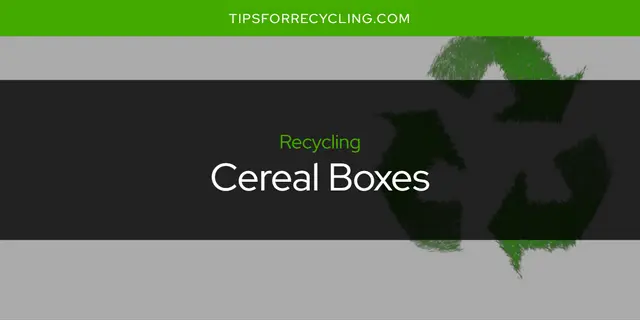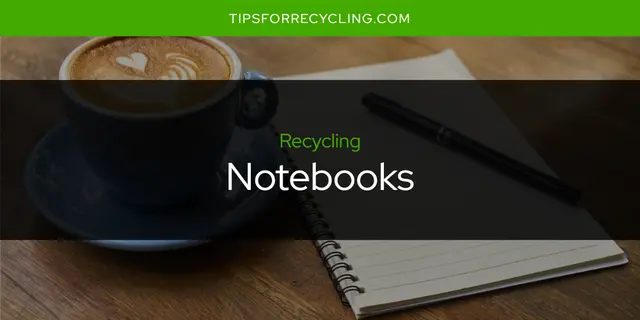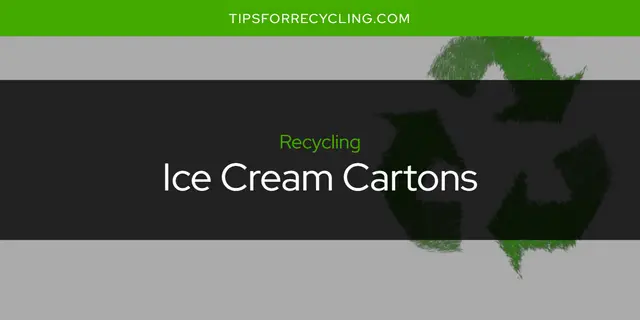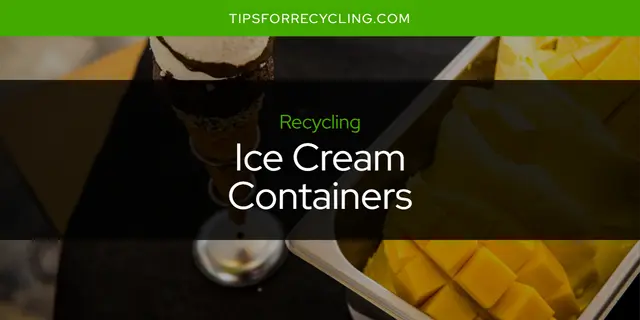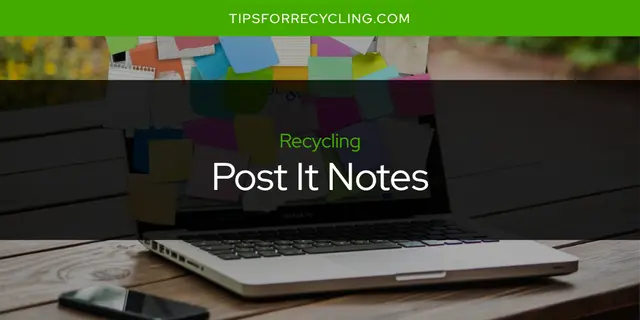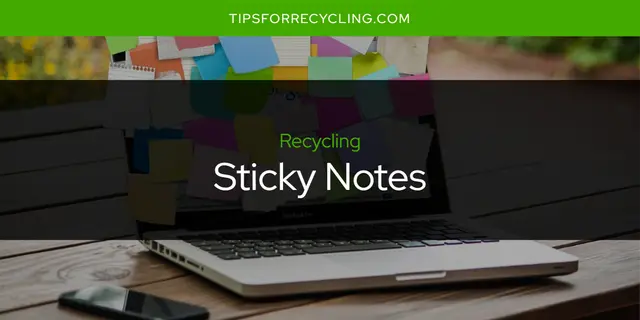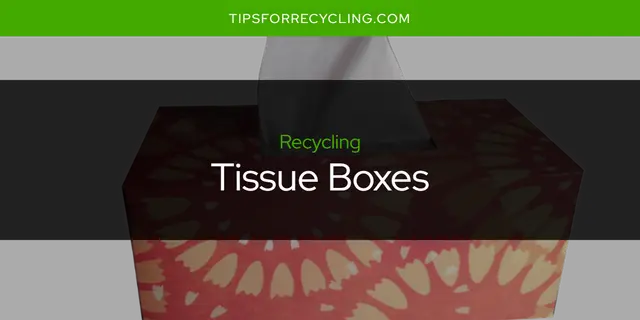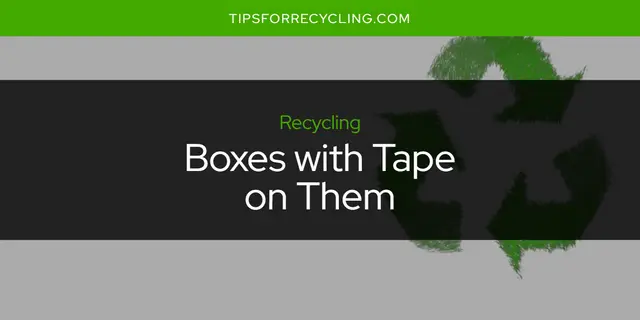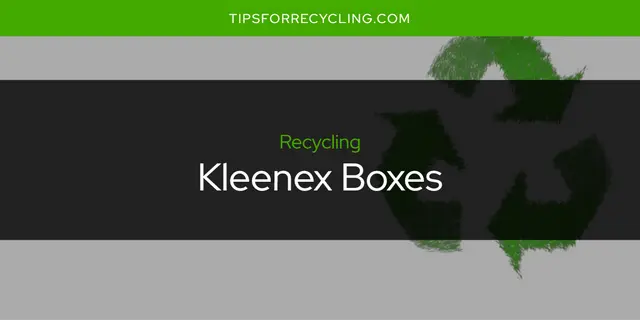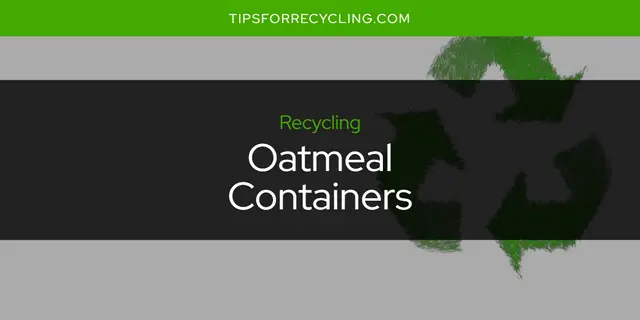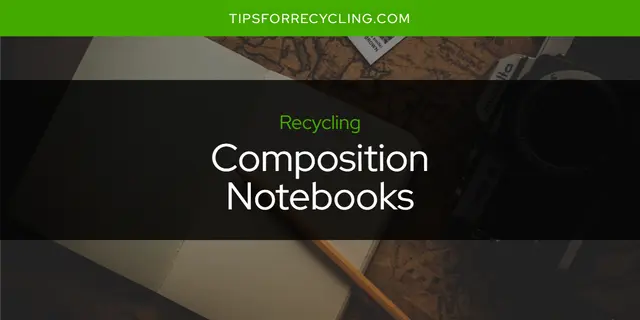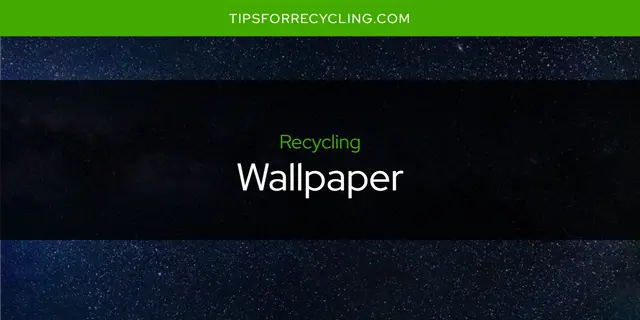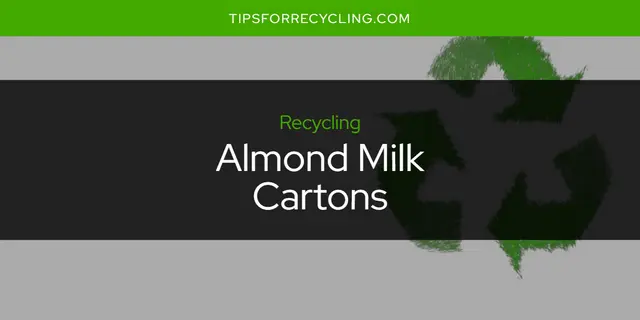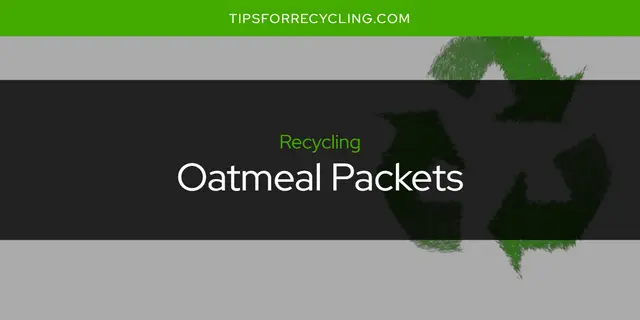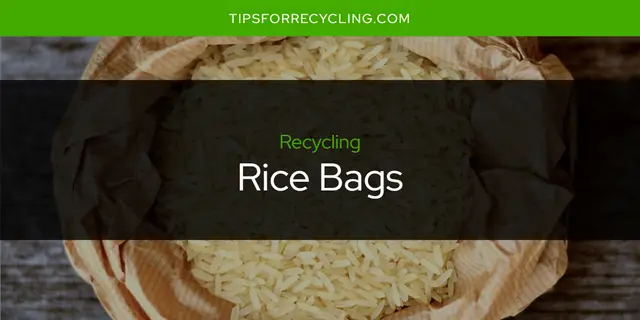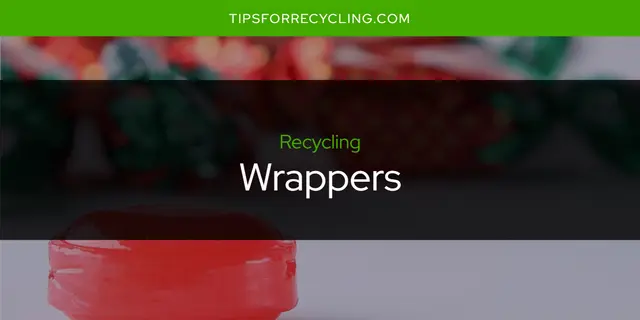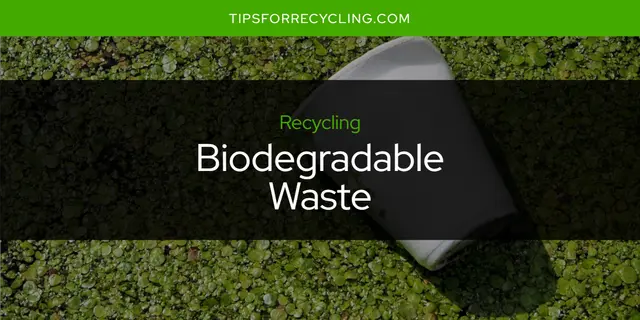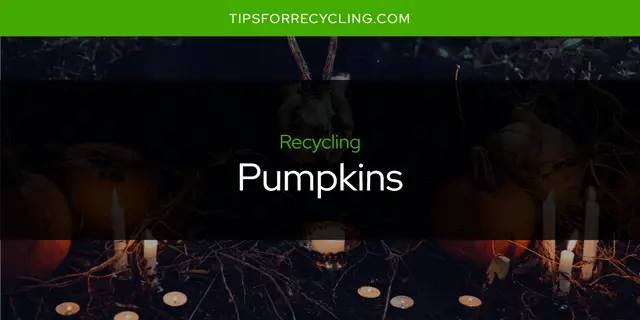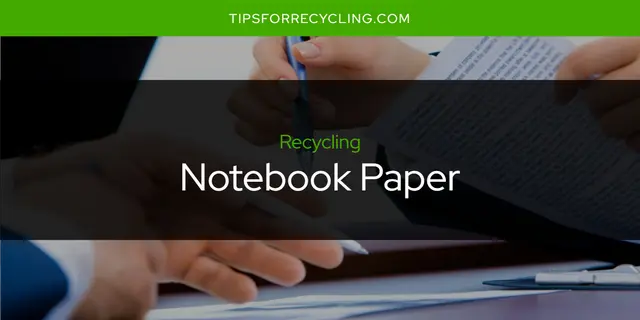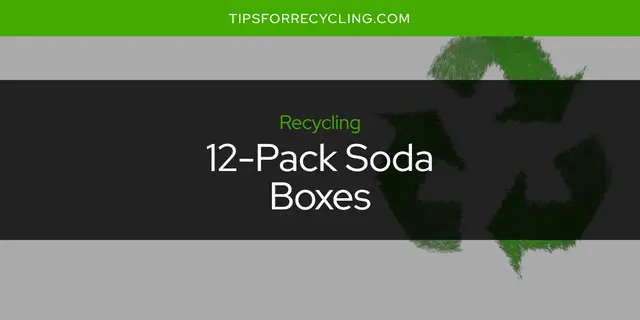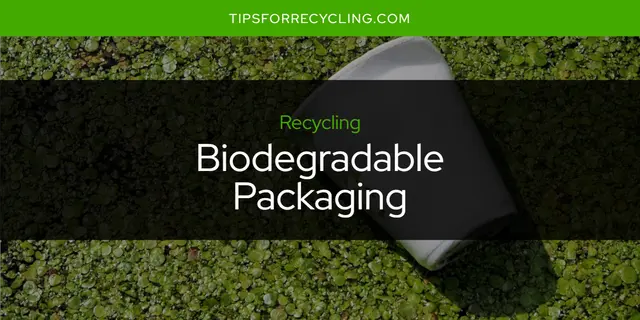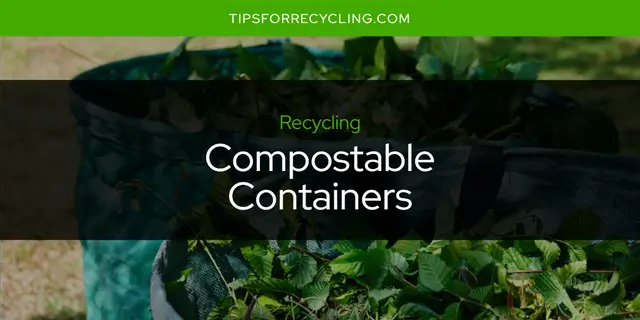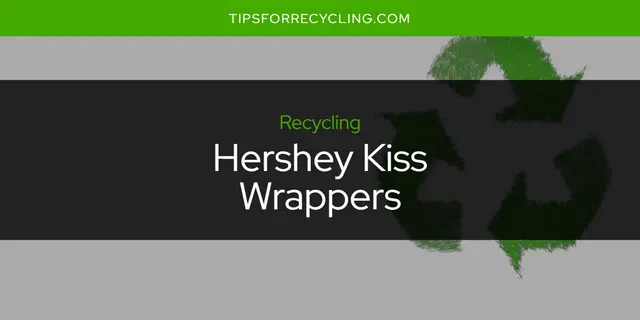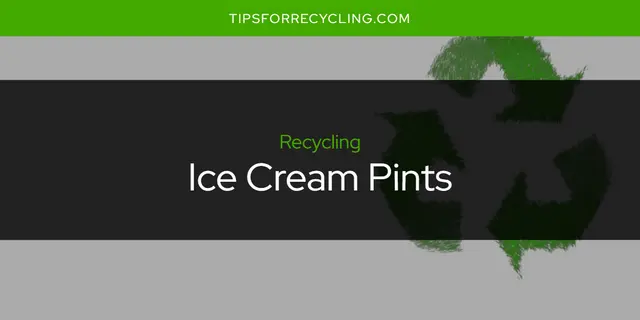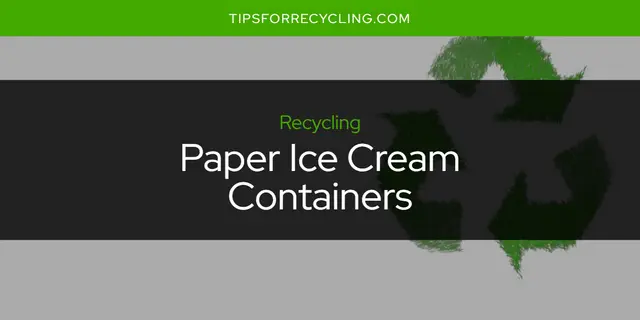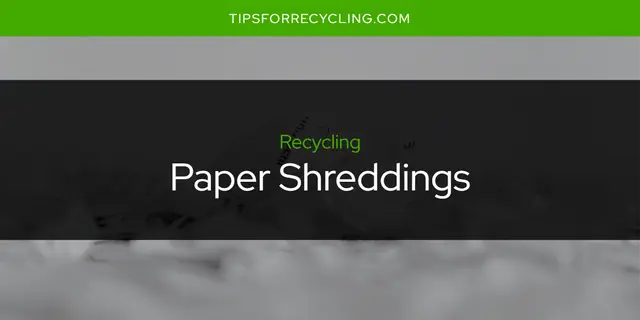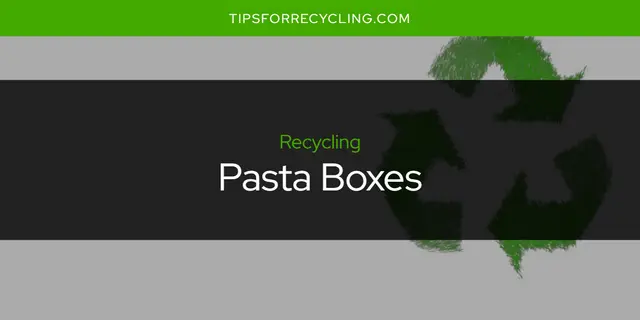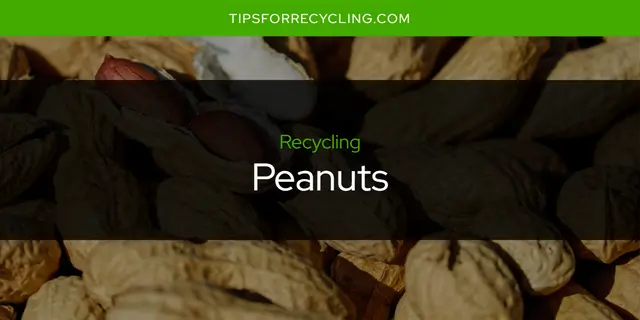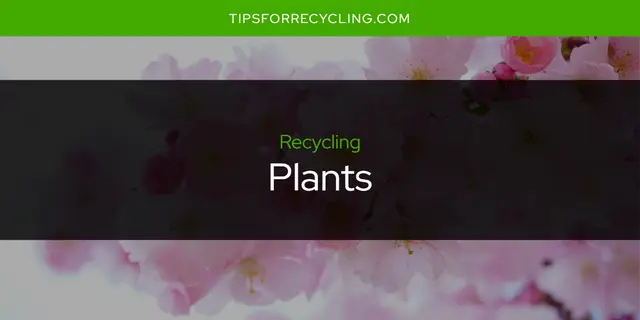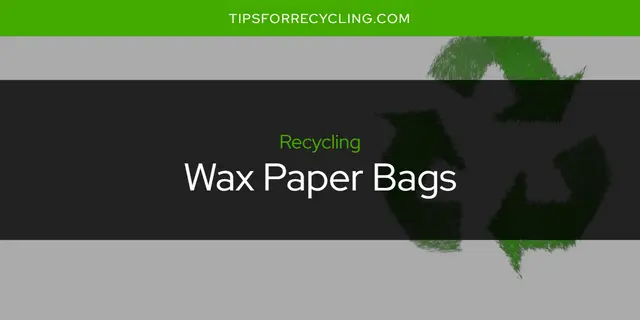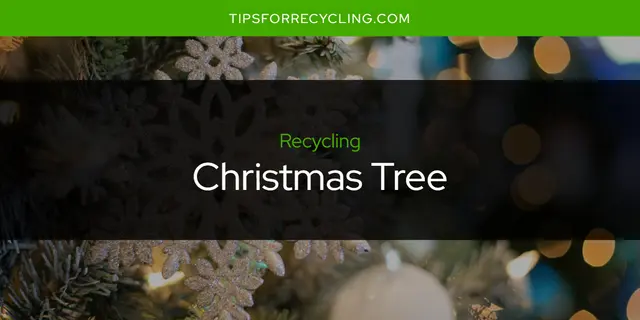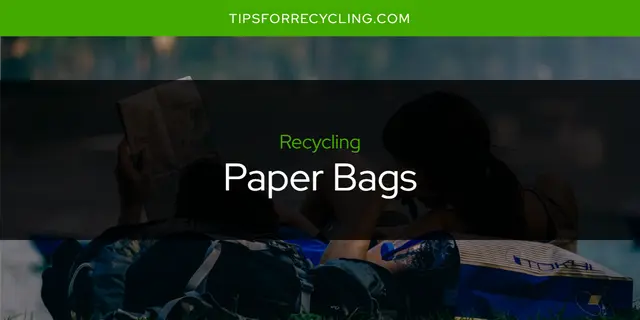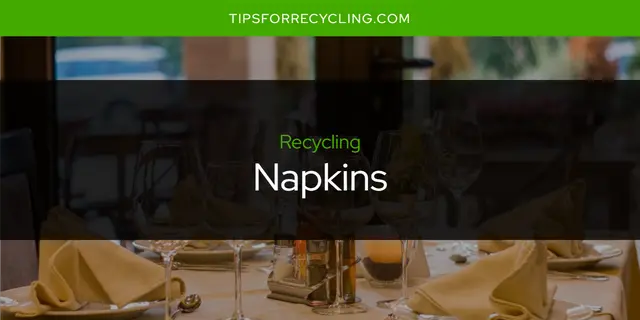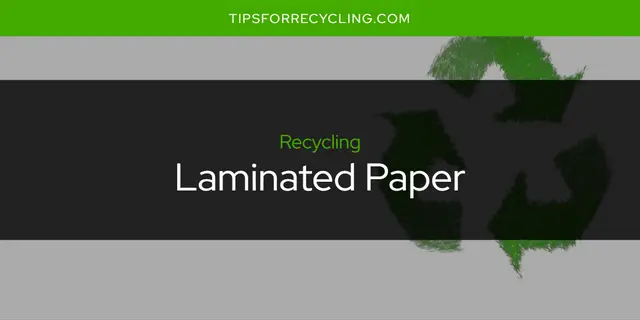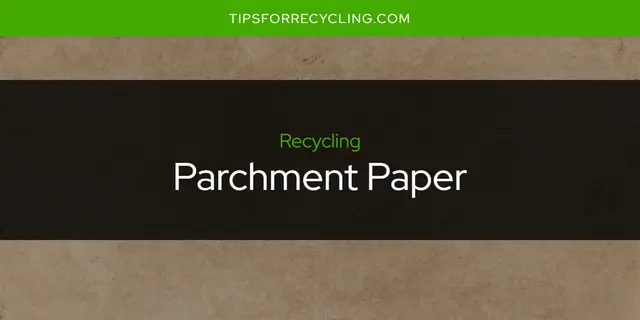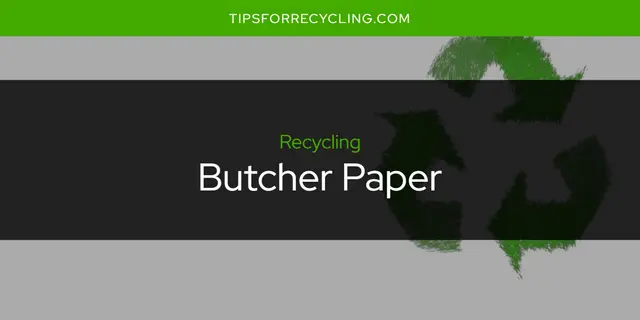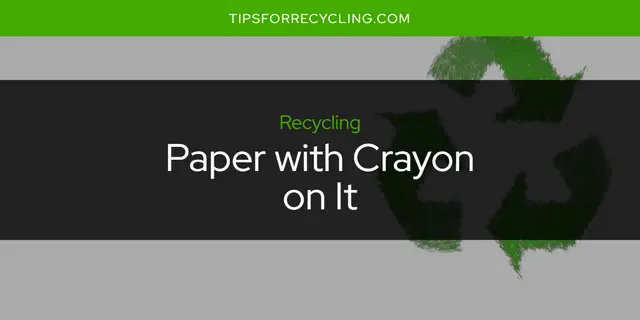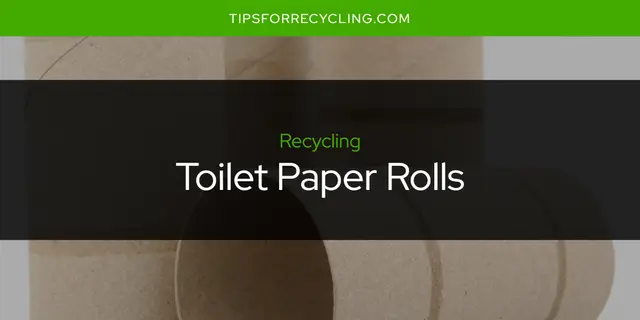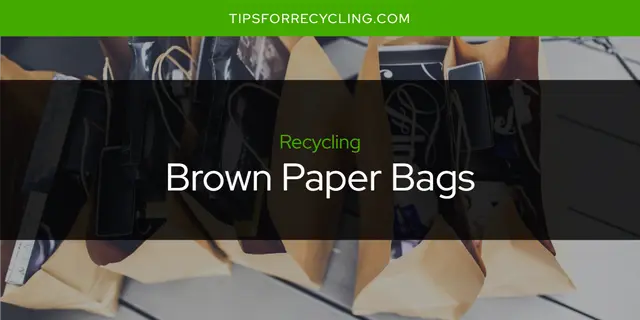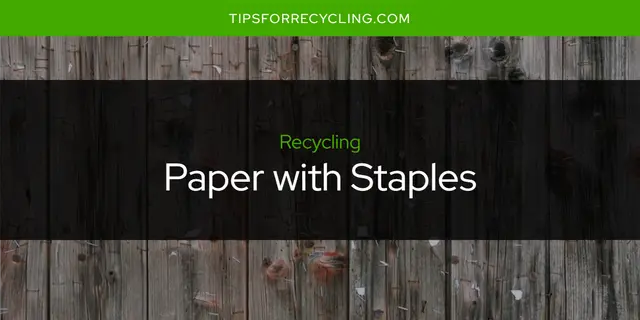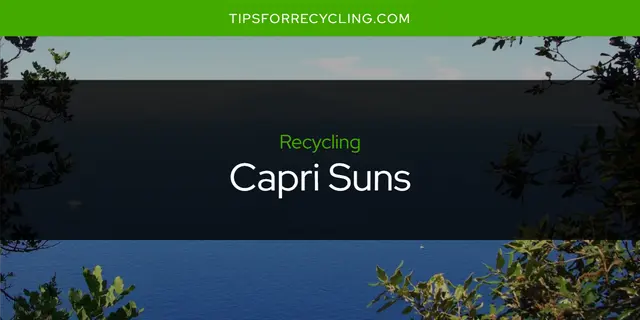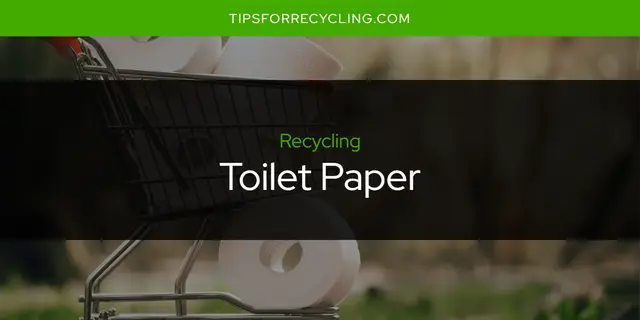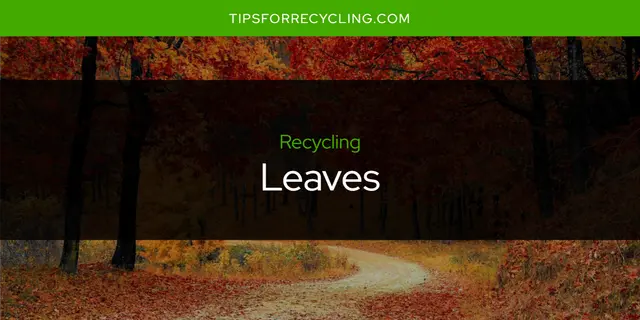Introduction
Organic products are any items made primarily from organic sources (mostly plant-based), such as paper, cardboard boxes, newspapers, magazines, and more. Recycling these items is beneficial to both the environment and finances.
Benefits of Recycling Organic Products
Environmental Benefits
When paper products are recycled, they are broken down into their basic components and turned into new, reusable materials. This helps reduce the amount of waste created by disposing of them in landfills. Furthermore, the energy used to create recycled paper is much lower than the energy needed to create non-recycled paper - this further reduces our environmental footprint.
Financial Savings
Recycling paper products can also save businesses or households money in the long run. Many recycling programs offer rewards for collecting recyclable materials so that they can be reused instead of disposed of as waste. These rewards may include reduced fees for garbage collection, discounts on future purchases of recycled goods, or other incentives. Additionally, businesses may be eligible for tax credits when they participate in recycling initiatives.
Types of Organic Products
Organic products are commonly found all around. Some examples are wax paper, spiral notebooks, cereal boxes, notebooks, ice cream cartons, ice cream containers, post it notes, sticky notes, tissue boxes, boxes with tape on them, kleenex boxes, oatmeal containers, composition notebooks, tracing paper, wallpaper, almond milk cartons, oatmeal packets, rice bags, wrappers, and paper.
Cardboard / Paperboard
Cardboard or paperboard is often used for packaging or shipping materials, or for manufacturing boxes. It is made from several layers of kraft paper which is bonded together to form a strong material that can withstand rough handling. Many cardboard products can be recycled and reused, saving resources and helping to reduce waste.
Newspaper and Magazines
Newspapers and magazines are printed on paper and can be recycled when they’re no longer needed. Most newspapers contain a mix of inks, dyes, plastics, laminates and glues which makes them difficult to recycle. However, if they are separated from other materials such as plastic wrappings, metal staples or adhesives, then they can be recycled into new products such as tissue paper, writing paper or insulation for buildings.
Office Paper
Office paper is one of the most common types of paper product that can be recycled. It includes white copy paper as well as coloured paper, post-it notes and envelopes with windows. This type of paper typically contains fewer contaminants than newspaper or magazine paper so it’s easier to recycle into new products such as cardboard boxes or toilet roll cores.
Steps to Recycle Organic Products
Recycling organic products can be a great way to reduce the environmental impact of producing new materials (typically by cutting trees). Here are the steps in the recycling process:
Step 1: Separate the materials
The first step in recycling paper products is to separate them into different types of material. This includes separating different types of paper such as newspaper, magazines, and mixed waste paper. It's important to ensure that all materials are sorted properly so they can be recycled more easily.
Step 2: Store and transport the materials safely
Once the materials have been separated it's important to store and transport them safely. This means ensuring that each type of material is stored in a secure container and transported securely to prevent any damage or contamination from occurring.
Step 3: Prepare the materials for recyclables
The final step in recycling paper products is to prepare them for recycling. This involves cleaning and breaking down the material into smaller pieces so that it can be processed into usable raw material for making new paper products.
Challenges in Recycling Organic Products
One of the biggest challenges faced when attempting to recycle paper products is contamination with other non-paper items. This could include items such as plastic wrappers or staples which makes it difficult to sort out the actual paper from other materials before they can be recycled properly. To avoid this issue, it's important to ensure that all non-paper items are removed prior to sorting and transporting the recycled material.
Solutions to Overcome Challenges in Recycling Organic Products
Recycling paper products can be a challenging process due to the many different types and forms of paper that exist. However, there are solutions to help overcome these challenges and make recycling paper products easier and more efficient.
Education and Awareness Programs
Education and awareness programs are a great place to start when dealing with the challenges of recycling paper products. With these programs, people can be taught how to properly sort recyclables into bins for collection, and given information about what kinds of paper can or cannot be recycled. This will help ensure that items go into the correct bins for collection and processing, allowing for a smoother recycling process overall.
Proper Labeling of Bins for Recyclables
Another way to help people understand which materials should go where is by having clearly labeled bins for each type of recyclable, such as cardboard, newspaper, magazines, etc. This will also make it easier for collectors to identify what’s in each bin without having to open it up and inspect its contents, saving time and effort in the long run.
Collection Centers
Having collection centers specifically designated for sorting and processing recyclables is another way to manage the challenge of recycling paper products. In these centers, employees can easily separate out different types of materials quickly so that they can be sent off for further processing or reuse elsewhere. This makes it much simpler to keep track of how much recycled material is being collected overall since everything will already be sorted beforehand.
Use Of Technology
Lastly, technology is always advancing in terms of its ability to identify different types of materials quickly. This means that machines can now separate out different types of paper from one another with ease, making it even easier to collect large amounts of recyclable material efficiently over time.
Conclusion
Overall, recycling paper products is an important part of reducing waste in our ecosystem but also presents some unique challenges due to the many varieties available. By implementing strategies such as education campaigns on proper sorting techniques; proper labeling of bins; collection centers; and using advanced technology; we can ensure that more recyclable material gets collected safely while still making sure that our environment remains clean and healthy.
